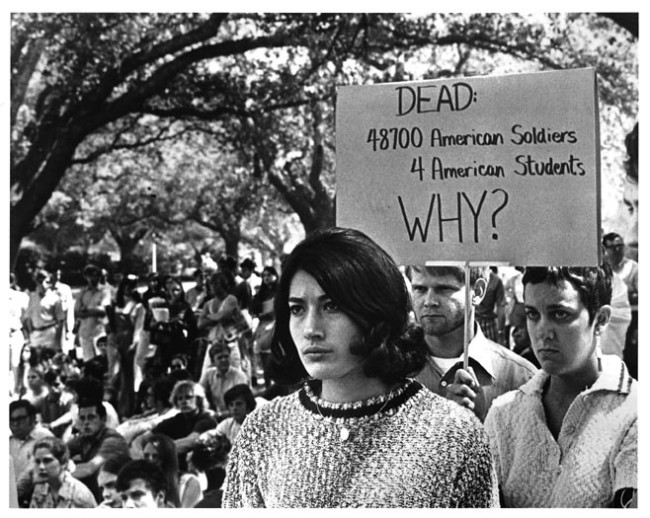
I assigned my preservice teachers at University of Portland the task of using Learnist to design a document based question that would eventually become part of a class-produced DBQ iBook collection. DBQ assignment here. More samples of student-designed DBQs here.
I’ve asked them to reflect on the assignment and invited them to guest post on my blog. Here is Media and War: An Analysis of Vietnam War Propaganda designed by Damian Wierzbicki. It provides a selection of media from opposing perspectives and asks students to answer the following question: How does media impact our perception of war?
See Damian’s chapter in our class-designed iBook – free at iTunes.
You can find Damian’s posts on our class blog.
It provides a selection of media from opposing perspectives and asks students to answer the following question: How does media impact our perception of war?
Damian Wierzbicki reflects on what he learned from the experience:
The goal of my DBQ project was for students to gain an appreciation for how one’s perceptions of an event can be manipulated through media. The idea was for students to examine a variety of items, identify the techniques employed in conveying the message, and evaluate whether or not the techniques were effective. After investigating the media content within the lesson, students would apply what they learned by curating a series of media items that depict a certain perspective in a contemporary conflict.
Reading my original proposal for the project, I feel the final product achieves the goals I initially set forth. The lesson contains a variety of media types (print, posters, photos) and each example is accompanied by a set of questions that challenge students to do more than just identify what they see. I’m pleased with what I created because it approaches the study of history from a different perspective and medium. I can see this being more enjoyable than reading a history text or listening to lecture on a more traditional topic.
Though I am pleased with what I created, reservations do exist. This product has yet to be used. I don’t know how students or educators will react. Will they learn or appreciate the material I put forth? Will they find it engaging? It’s hard to say, especially since this was the first DBQ project I created. Teachers must always reflect and adapt. The project I created feels like a solid first step, but I want it to be used so I know how to make it better.
Once I decided upon a topic, the project was straightforward. However, I did run into one hurdle: curating the media. Selecting relevant pieces was challenging and time consuming. There is so much iconic media from the Vietnam era, but not all was applicable to my objective. Using the wrong piece could have lead to confusion and undermined what students were supposed to take away from the lesson.
Image Credit: LSU Public Relations, “Peace Rally,” 1970. LSU student Luana Henderson participated in a peaceful protest against the Vietnam War held in 1970 on the LSU campus. The poster behind her refers to the killing of four students by National Guardsmen during a protest that turned violent at Kent State University in Ohio. University Archives, Louisiana State University.
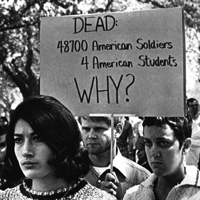

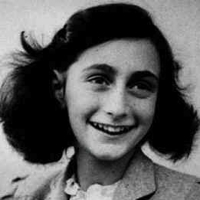
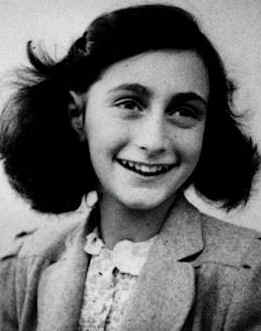
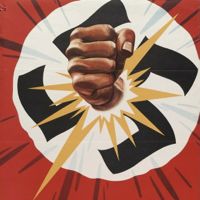
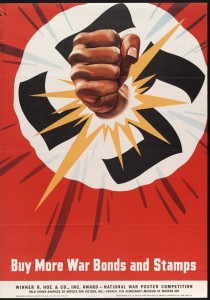
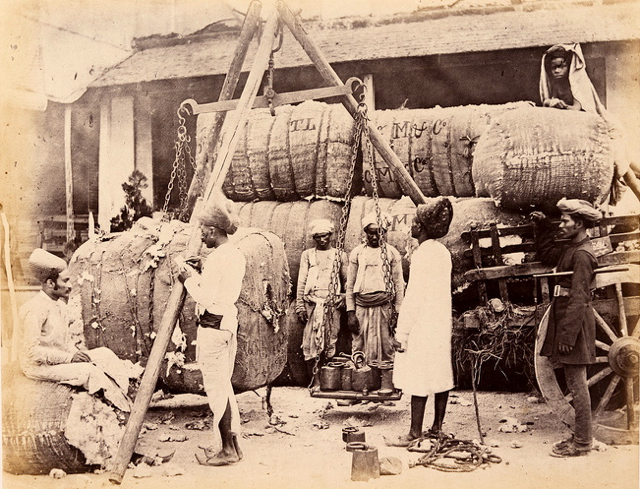

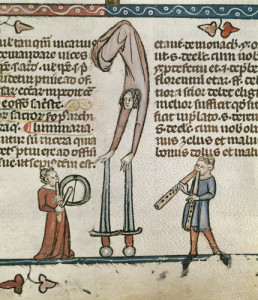

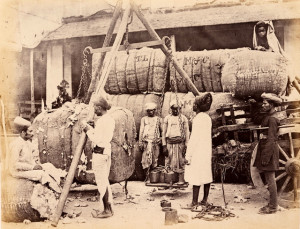
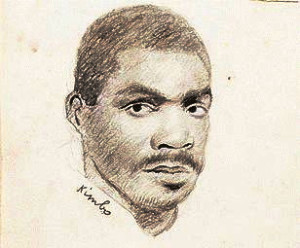
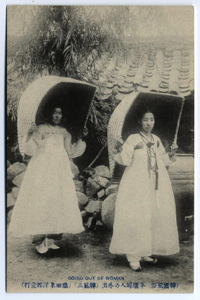
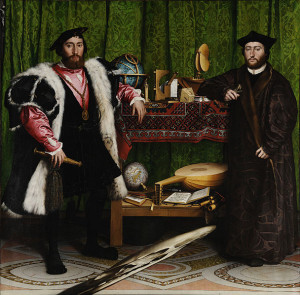
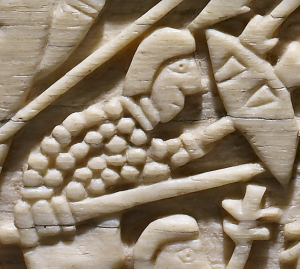
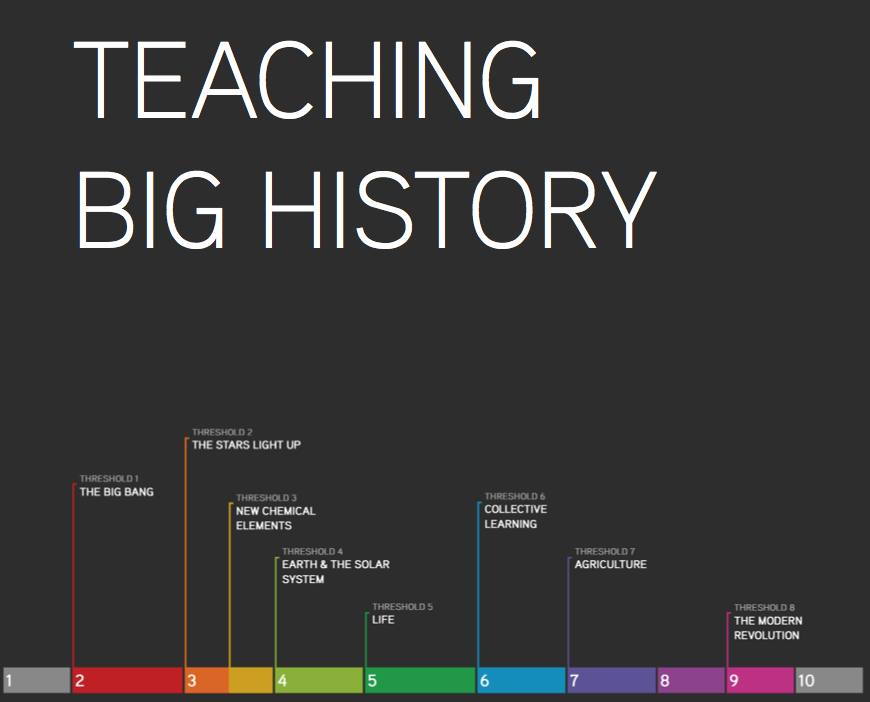
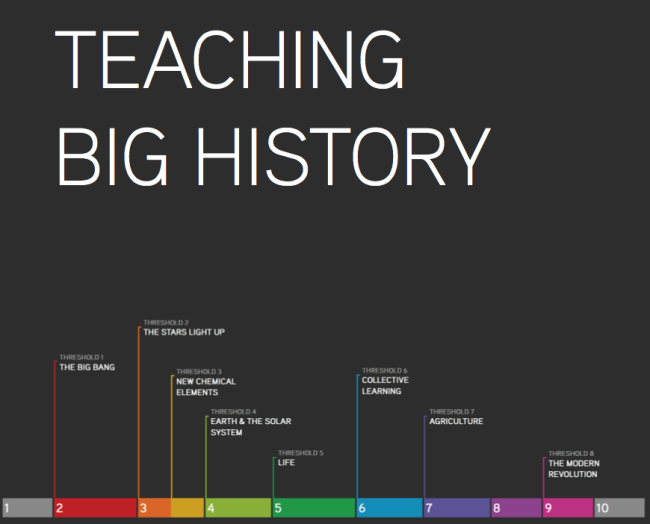 I just registered with the
I just registered with the